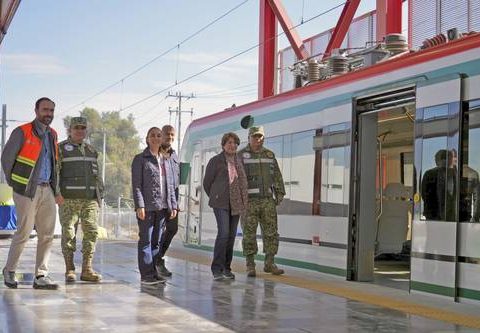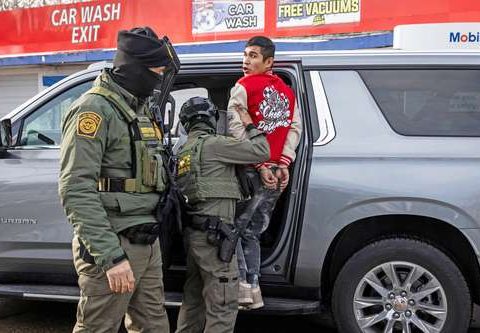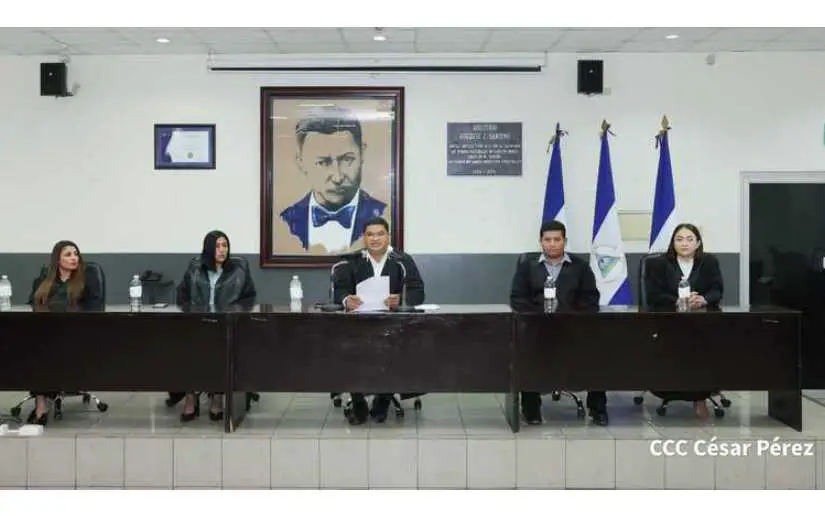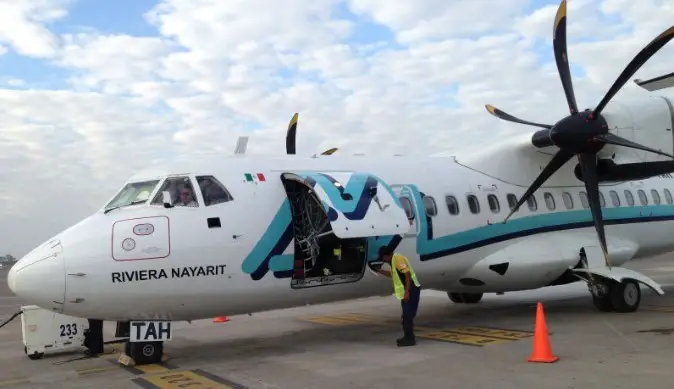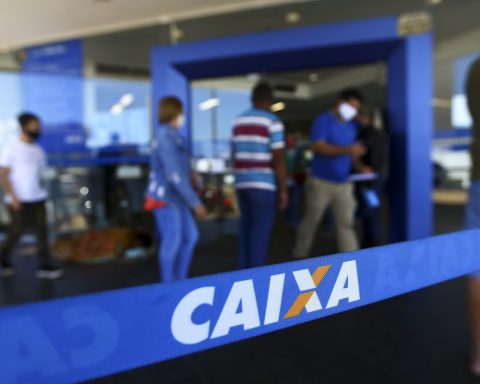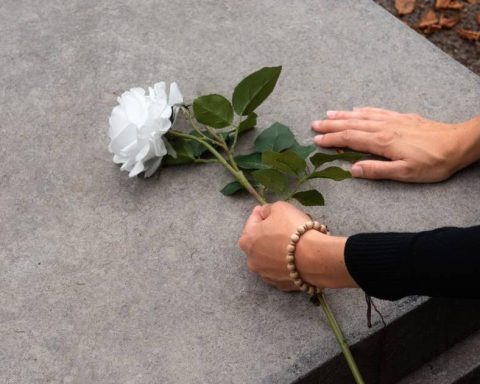AND
he Commander Piñeiro, responsible for the Operation Camilo Cienfuegos who managed to transfer to Che and the group of combatants from Cuba to Bolivia in complete secrecy; Responsible for support operations in Grenada, Nicaragua, Guatemala and El Salvador, he is truly a mythical man. Knowledgeable, like very few, of a wide range of revolutionary forces of national liberation, political parties of diverse conceptions, social, union, religious, peasant and also military movements in the world; especially in America. Born revolutionary conspirator, tenacious and keen analyst, obsessed with obtaining, remembering a number of details that would allow him to differentiate the elements that could hinder or advance the fight against imperialism. His daughter Camila named him builder and planner of dreams, in the good times when darkness wanted to be light and now when light was relegated to time
.
The son of Galician parents, migrants to Cuba, they educated him, despite an average economic situation, in daily hard work. When they perceived that he was enrolling in the fight against the violence and debauchery of the dictator Batista, they sent him to Columbia University (New York), without suspecting that his main vocation would begin there by being appointed president of the Association of Latin American Students. . There he met her first wife, Lorna, a talented dancer who fell in love with her as soon as she saw that vigorous redhead dance her mambo. With her he returned to Cuba and they posed as a married couple. gringo
to move weapons to the already insurgent mountains.
Thus began his long career as a rebel, convinced, like many, of the need to create two, three, many Vietnams, which he summoned the Che . In the mountains he stood out as an effective organizer who generates unity and trust; capable of knowing and compartmentalizing in detail the keys, maps, communication, transfers, military concentrations. Also fraternal and very joking, it was there that the mythical Commander Barbarossa either The Galician . Appointed to the triumph of the revolution head of the military square of Santiago de Cuba, the rebel stronghold. In Havana he creates, together with the Che, the worker and peasant militias that parade the historic May 1, 1959, the first link of popular power. Militant of the left of 26 in the hours of sectarianism.
His vocation and capacity have defined his appointment as Vice Minister of the Interior since 1961, where the General Directorate of National Liberation was created, which would become in 1975 the Americas Department of the Communist Party of Cuba. He New York Times he dedicated the headline: “Manuel Piñeiro: Spymaster for Castro’s Cuba”. Although riddled with lies, he contributed to creating the legend, he showed that the empire was desperate in the face of Cuban audacity and expertise. He spymaster
far from being that implacable character that they paint, was actually a frequent polemicist, antidogmatic, antibureaucratic, austere and, above all, revolutionary for being subversive and insurrectionist against order and dominations, fully Cuban and therefore irreverent, patriotic and sympathetic; communist for being internationalist and for dedication and modesty
as defined by Martínez Heredia (Clacso, 2022).
I saw it, in the 70s, in rebel youth explaining in detail complicated or misrepresented news that reached the newspaper. I always remember two significant moments of his reach. In Chile, around the days of September 1973, the Congress, still with a slight right-wing majority, approved two measures: eliminating the requirement of a court order, authorizing direct inspections by the army to requisition weapons from the resistance and detaining people in factories, towns , fields, etc. And at the same time, the order to leave the country in 24 hours to undesirable citizen
Manuel Pineiro. For many it was the unmistakable signal: the military coup was underway.
The other moment happened during the celebration of the meeting of the Latin American communist parties in Cuba in 1975. Supported by the Communist Party of the Soviet Union, they sought to determine the direction of the struggles (Gleijesses, 2004). I worked there as a translator from French, I witnessed this critical and difficult meeting, given the position of the majority of the parties against the armed struggle for national liberation, despite the almost total dominance of dictatorships, dirty wars, the Condor operation, not only in Latin America, but in Africa and Asia. Suddenly, Piñeiro’s comment to Carlos Rafael Rodríguez, who was presiding, was heard in the room: how is it possible that they talk about revolution if they have not even considered how to dismantle military dominance? A silence passed through the room, followed by murmurs. Agile, Piñeiro reaffirmed the need to incorporate the specific situation of the continent into the analysis and detailed the prevailing conditions. Finally, a balanced document was achieved. Late that night, we met in the elevator that went up and down twice in a row, Piñeiro laughed and said: This is like dialectic, it goes up when it wants to and then it goes down and up again; the difficult thing is to make the synthesis
.
The account of the work of Piñeiro and his companions, the enormous wealth of the historical archive that he left, is essential to know and revalue those three decades of our American revolutionary struggles, with victories and defeats, contradictions and certainties, in their true significance. It is a living memory, essential.
* UPN researcher. Author of El Inee



